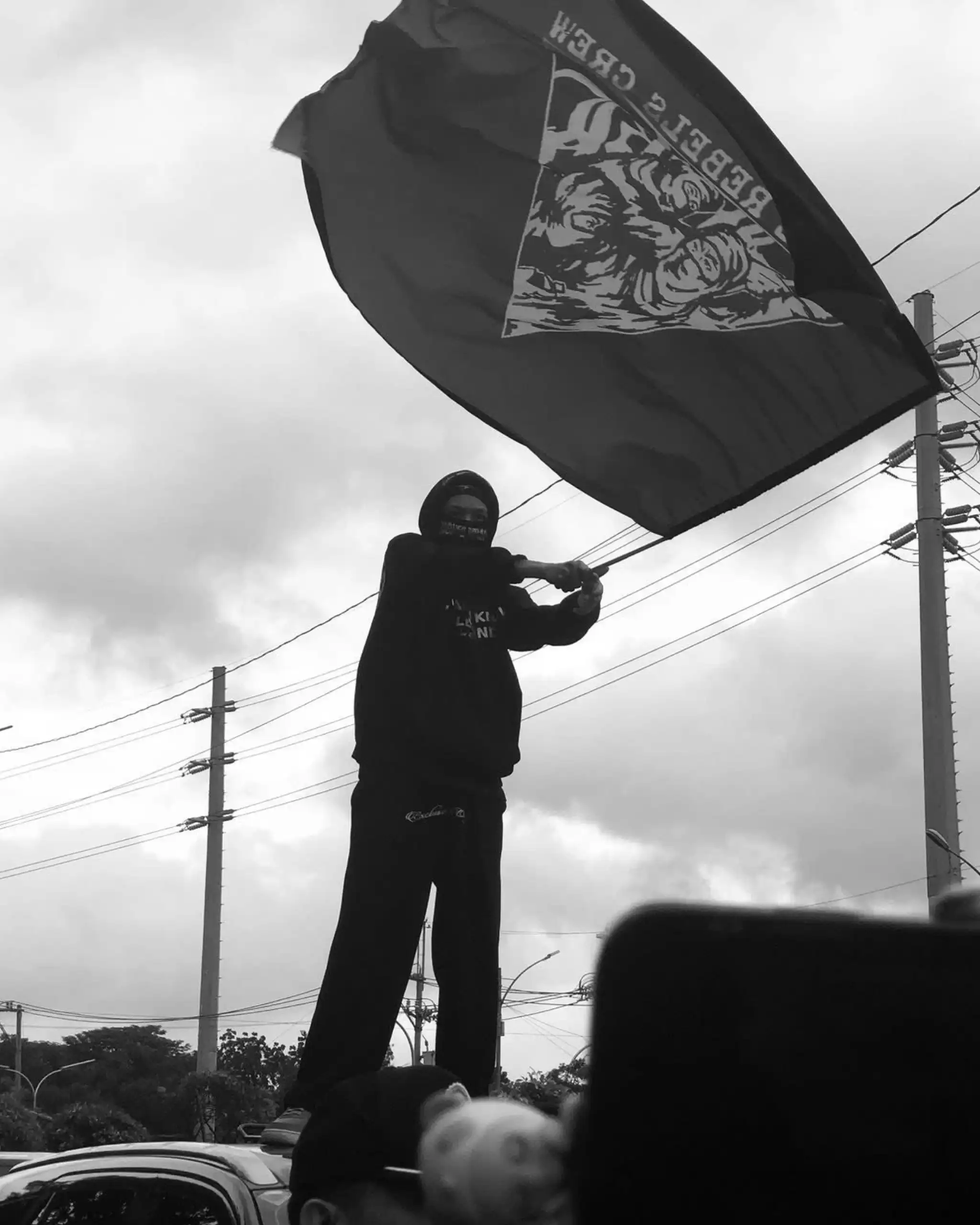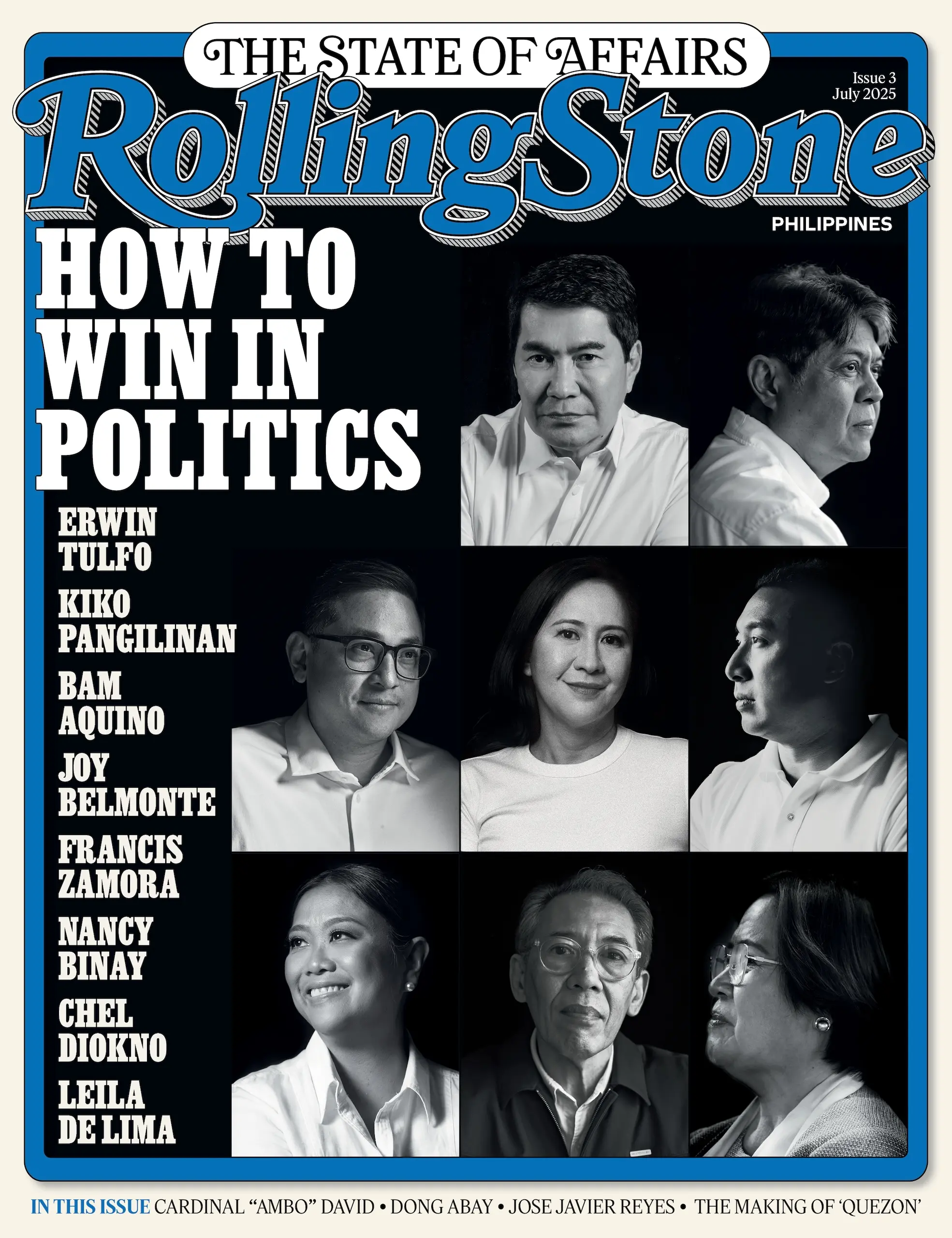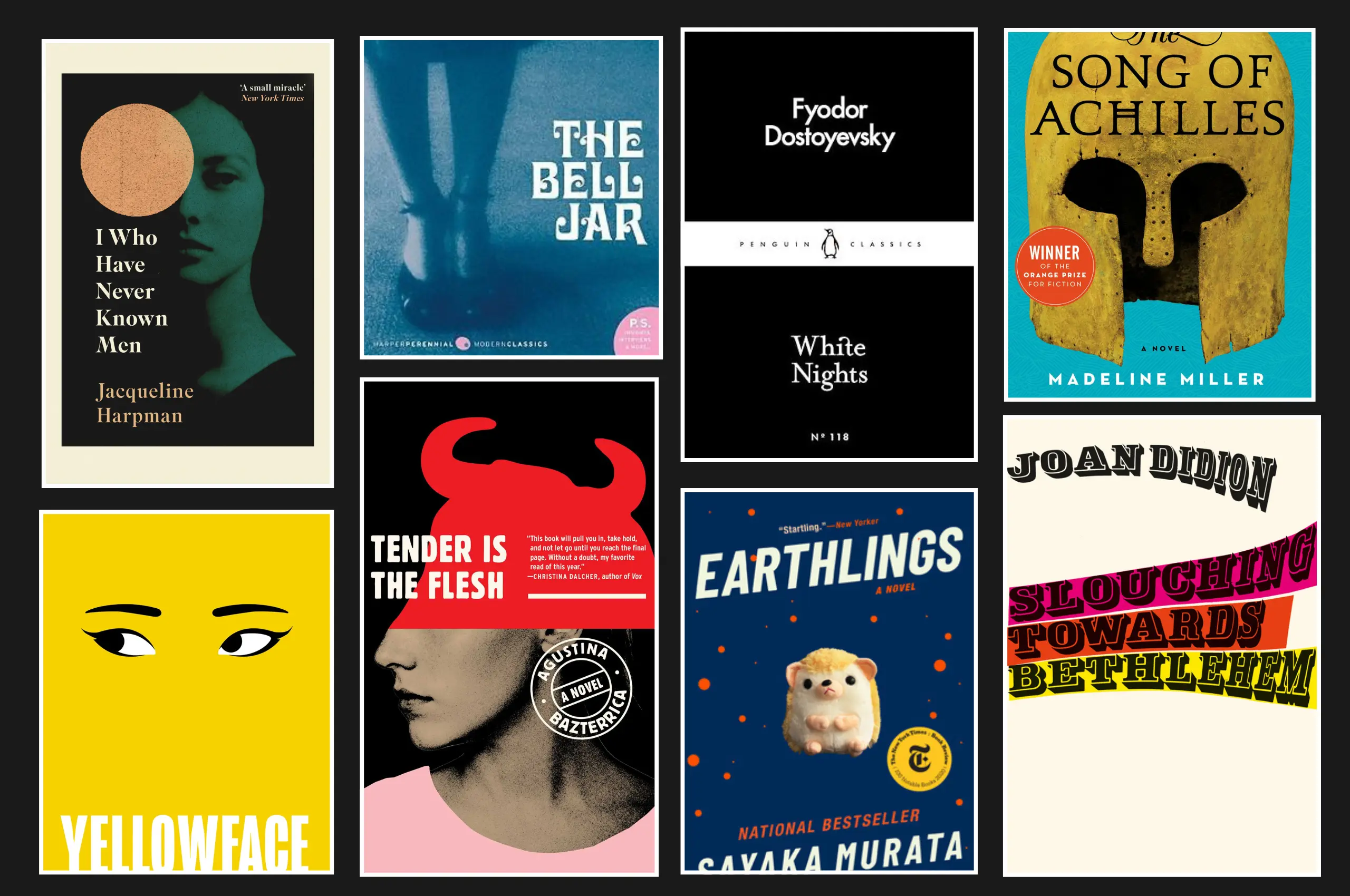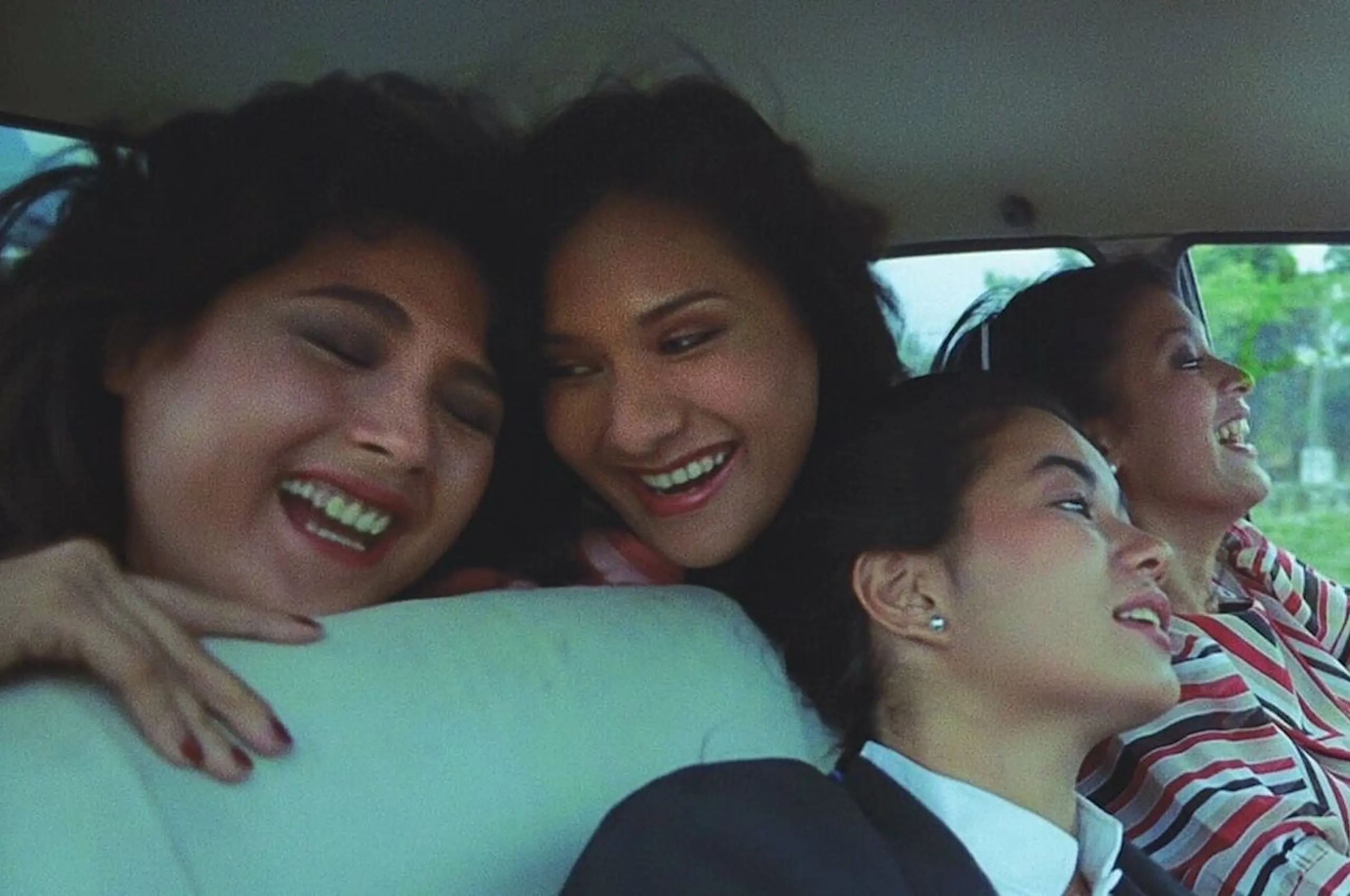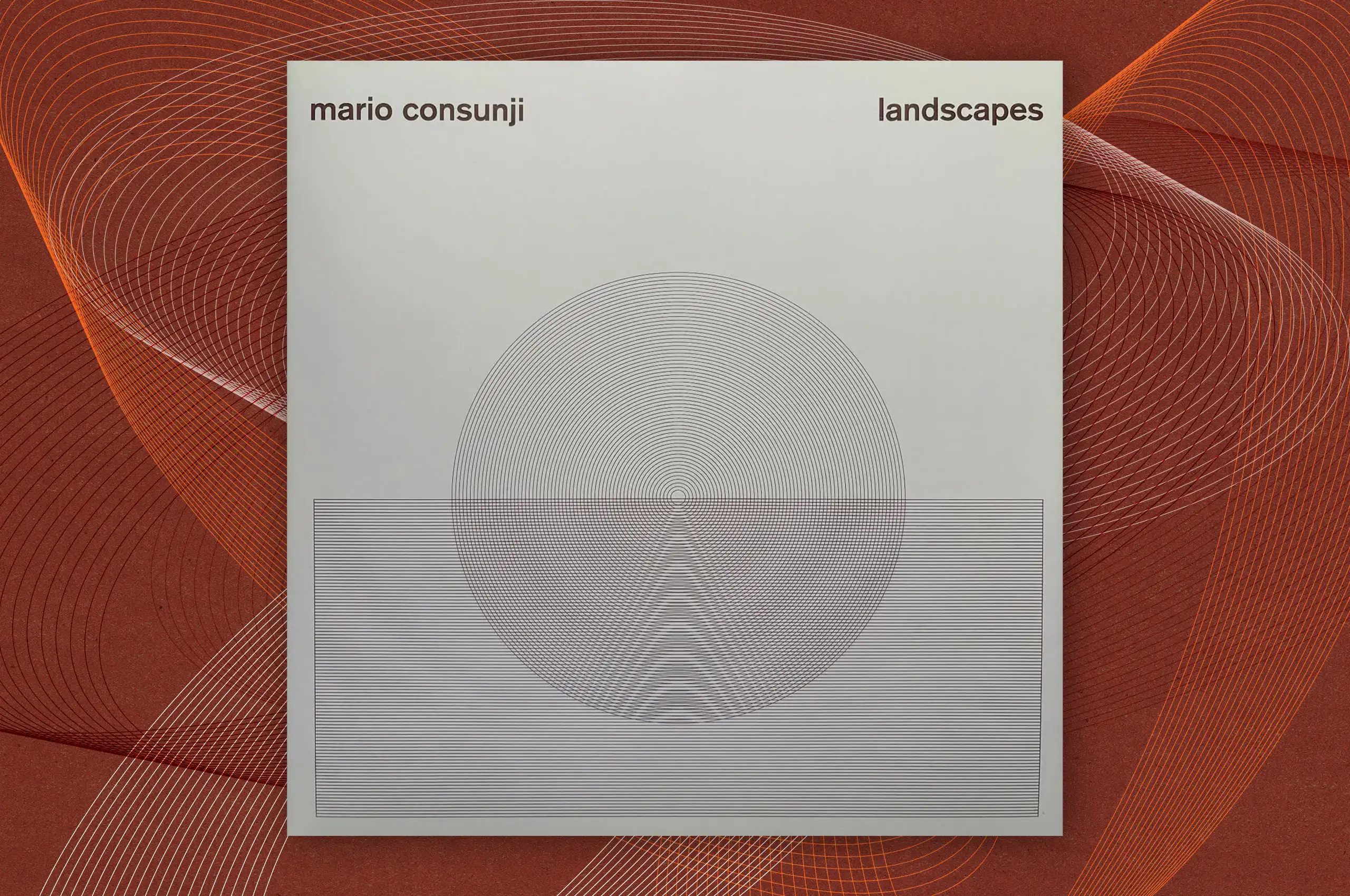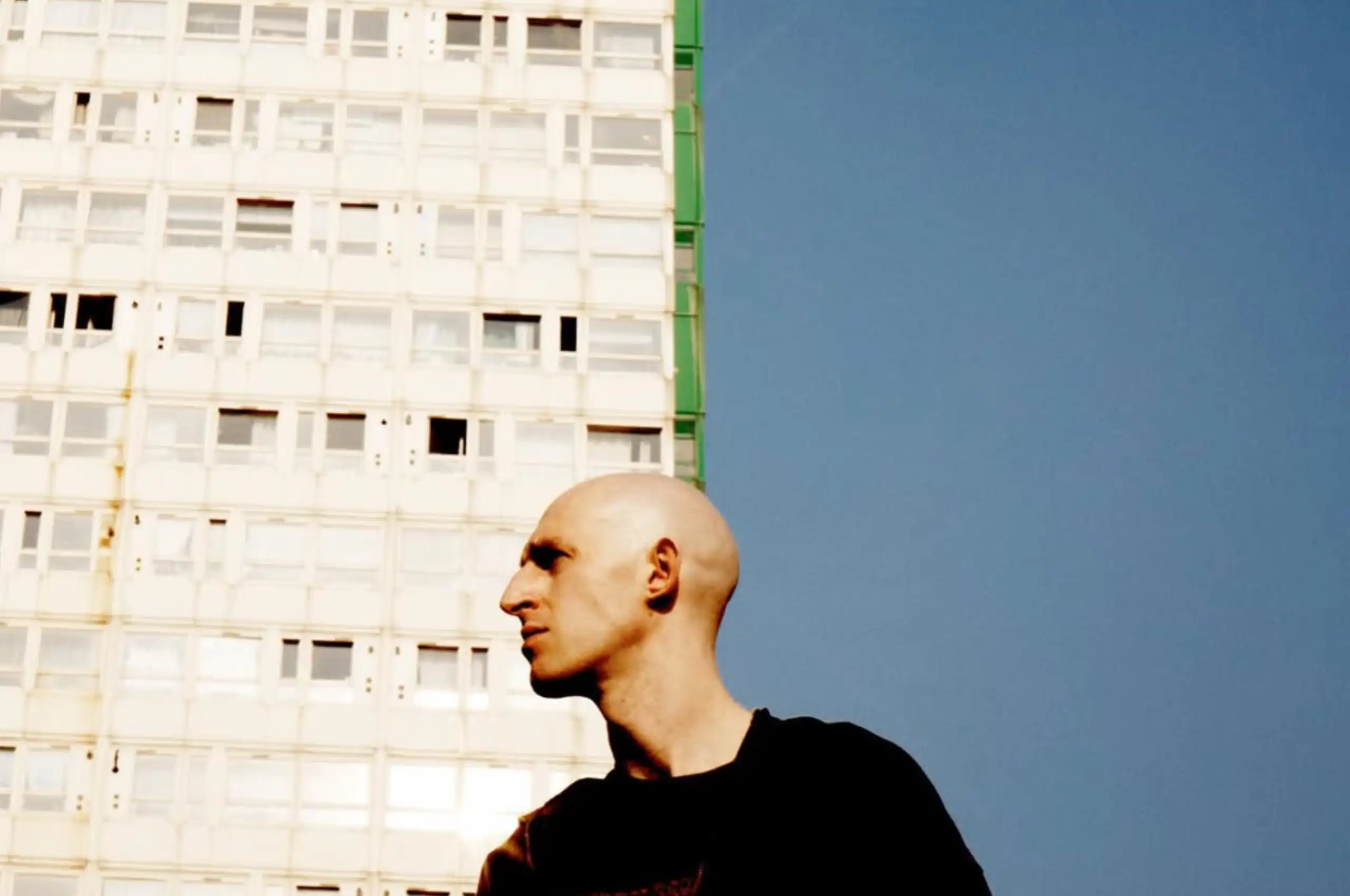On September 5, protest groups marched in front of the House of Representatives in Quezon City to denounce corruption linked to several flood control projects. At the center of the controversy are contractors Curlee and Sarah Dizcaya, who appeared in audits as top beneficiaries of these projects, secured Department of Public Works and Highways notices of award. As calls for protest are intensifying, mainstream rappers are also answering the call.
The anger on the streets mirrors uprisings overseas. Indonesians have been protesting against corrupt elites, while in Nepal, the prime minister resigned after unrest sparked by a violent crackdown that left protesters dead. A government-enacted social media blackout only added to the fury. These movements have spread online, and Filipinos are watching closely.
Among the music voices that stood out during the September 5 protest was rapper and hitmaker Supafly. He posted a photo of himself outside the House of Representative gates holding a placard that read: “For the World to Survive, Capitalism Must Die.” The post generated thousands of reactions and was shared alongside images of groups like Junkie Rebels Crew, who have long been associated with the country’s DIY hip-hop scene. Although separate in identity, their messages carried a shared tone of resistance.
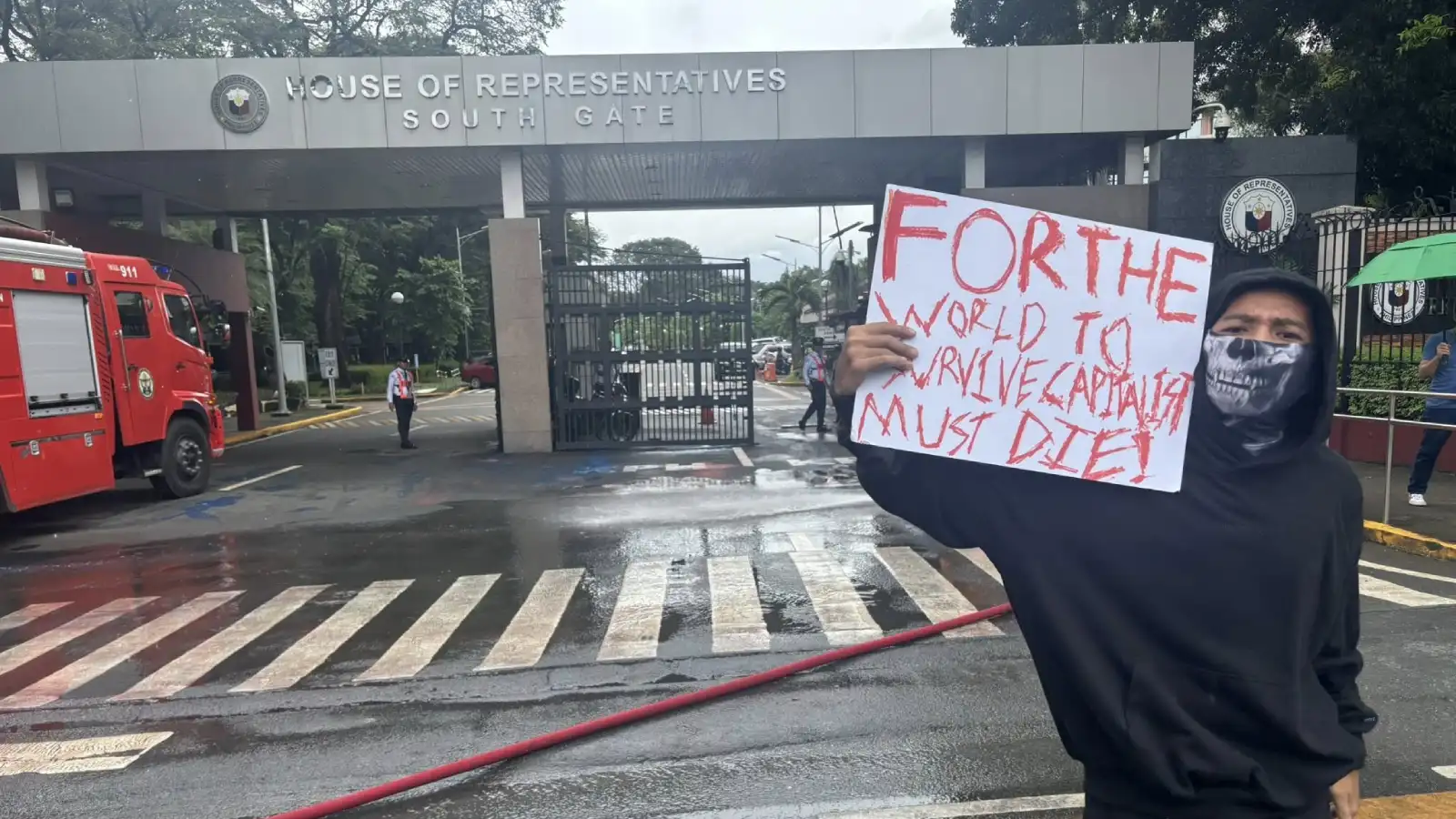
Momentum built quickly. By September 11, prominent hip-hop figures and pages had launched an online campaign featuring artists and personalities wearing balaclavas and posting announcements on their social media statuses. Among them were Pinoy Pawn Stars host Boss Toyo, comedian Sir Jack Argota, and rappers Omar Baliw, Waiian, and Vitrum. They urged followers to dress in black, wear masks, and join the September 21 protest at Luneta Park. AI-generated posters featuring masked crowds spread across social media, racking up hundreds of thousands of reactions. Other groups soon followed suit, from Triskelion members to ride-hailing app drivers, showing how widely the call had resonated.
The upcoming protest at Luneta Park will commemorate the 52nd anniversary of Ferdinand Marcos Sr.’s declaration of martial law. For many in the hip-hop community, the timing carries symbolic weight. They see their participation as part of a long history of artistic resistance to authoritarian rule.
As September 21 approaches, the role of rap in the streets of Manila is becoming clearer. The same voices that fill arenas and clubs are now calling on their concerned audiences to show up in Luneta Park, not for a concert but for a protest. And in a country where floods, corruption, and inequality remain unsolved, those calls are proving difficult to ignore. Rolling Stone Philippines spoke with Vitrum, a FlipTop 2024 Isabuhay finalist and cultural worker. For him, the rising presence of rappers in the streets feels both historic and overdue.
“Kitang kita rin naman sa nangyayari sa buong daigdig sunod-sunod na mga protesta,” he tells Rolling Stone Philippines. “Sumisingaw ‘yong pagkabulok ng mono-kapitalismo at mas lalong aalingasaw ‘to sa bansang gaya natin na malakolonyal at malapyudal o sobrang atrasado.”
Addressing Corruption in Flood Control Projects
Vitrum has long been active in protest movements, but he admits it is overwhelming to see mainstream rappers now joining. He sees the participation as part of a domino effect created by government failures, from failed flood control projects to long-standing poverty.
“Itong mainit nga sa Pilipinas ngayon na issue ng korapsyon, baka maliit pa o tip of the iceberg lang ng mga matagal ng pananamantala sa bayan noon pa lang,” he says. “Domino effect sya, kasi ramdam na ramdam ng lahat ‘yong kapabayaan ng gobyerno mula pa lang sa problema sa baha na matagal nang di naso-solusyonan hanggang sa kahirapan sa hanapbuhay.”
“Hindi matatapos dyan ‘yong laban ng mga tropang hip-hop. Aasahan na lalawak at lalawak pa ang kampanyang to at mananagot ang mga salot sa lipunan natin”
For Vitrum, September 21 is not an isolated event but part of a longer process of awareness and organization that has been happening for decades. Rappers are only one part of a larger network of artists and workers resisting government abuse.
“Hindi lang [‘to] first step e,” he says. “Unang-una ‘yong kagustuhan nilang lumahok sa mga kilos-protesta para ipaglaban ang karapatan nila at kapwa nila, nagawa na nila yon sabihin na natin unang kailangan. Pero [ang] mangyayari sa [September] 21 ay isa sa mga panahon na ipapakita ng Pilipinas ‘yong mahabang kasaysayan nito sa tunggalian ng mga uri o kasaysayan nito sa pakikipaglaban sa lipunang mas pabor sa mga gaya nila Marcos-Duterte.”
Hip-hop and Resistance
Hip-hop has always been rooted in resistance. The genre has carried that spirit from block parties in the Bronx to the back alleys of Manila. Storytelling in hip-hop can be grim, hopeful, or riotous, and Vitrum believes this versatility makes it an ideal tool for political expression.
“Hindi matatapos dyan ‘yong laban ng mga tropang hip-hop,” he says. “Aasahan na lalawak at lalawak pa ang kampanyang to at mananagot ang mga salot sa lipunan natin. Ang mangyayari sa September 21 ay maguudyok pa lalo sa kanila na mas aralin ang lipunan at i-organisa mga kapwa nila laban sa mga totoong kaaway ng hip-hop.”
For Vitrum, the moment is also personal. He recalls being caught at a protest years ago, an experience that shaped how he views activism and the risks involved. To him, seeing hip-hop used on this scale validates those sacrifices.
“[Eto ‘yong] tipong hindi lang tayo sa rally magkakasama pa. Pati na rin sa ibang aktibidad. ‘Yong rally, parte lang naman ng gawain yan. Kumbaga pagpapakita ng lakas.”
“Ang galing nga rin nasa gantong lebel nagagamit ung platform ng local hip-hop. At dapat naman talaga,” he says. “Kaya rin tuloy tuloy akong umuugnay sa mga aports at pwede pa nila maimbita para mas organized ‘yong mga pwede. Kung ano man abot ng kaya namin at syempre mas pagtibayin ‘yong mga pagkakaisa.”
Still, Vitrum is quick to caution newcomers against thinking of protests as the only form of activism. He encourages participants to engage in other community work, from educational discussions to organizing in urban poor communities.
“[Eto ‘yong] tipong hindi lang tayo sa rally magkakasama pa,” he says. “Pati na rin sa ibang aktibidad. ‘Yong rally, parte lang naman ng gawain yan. Kumbaga pagpapakita ng lakas. Maraming ibang ginagawa rin pa para sa community o para sa campaign natin.”
